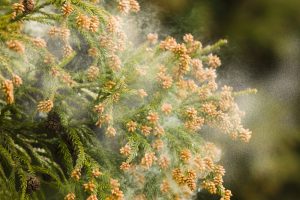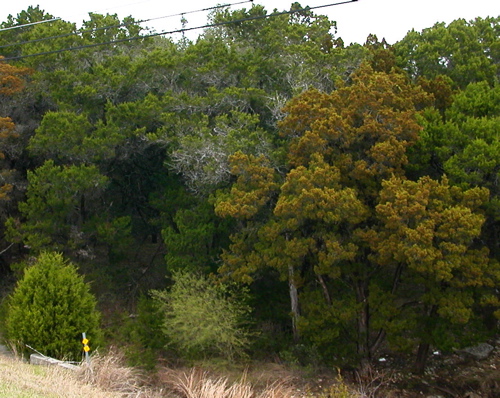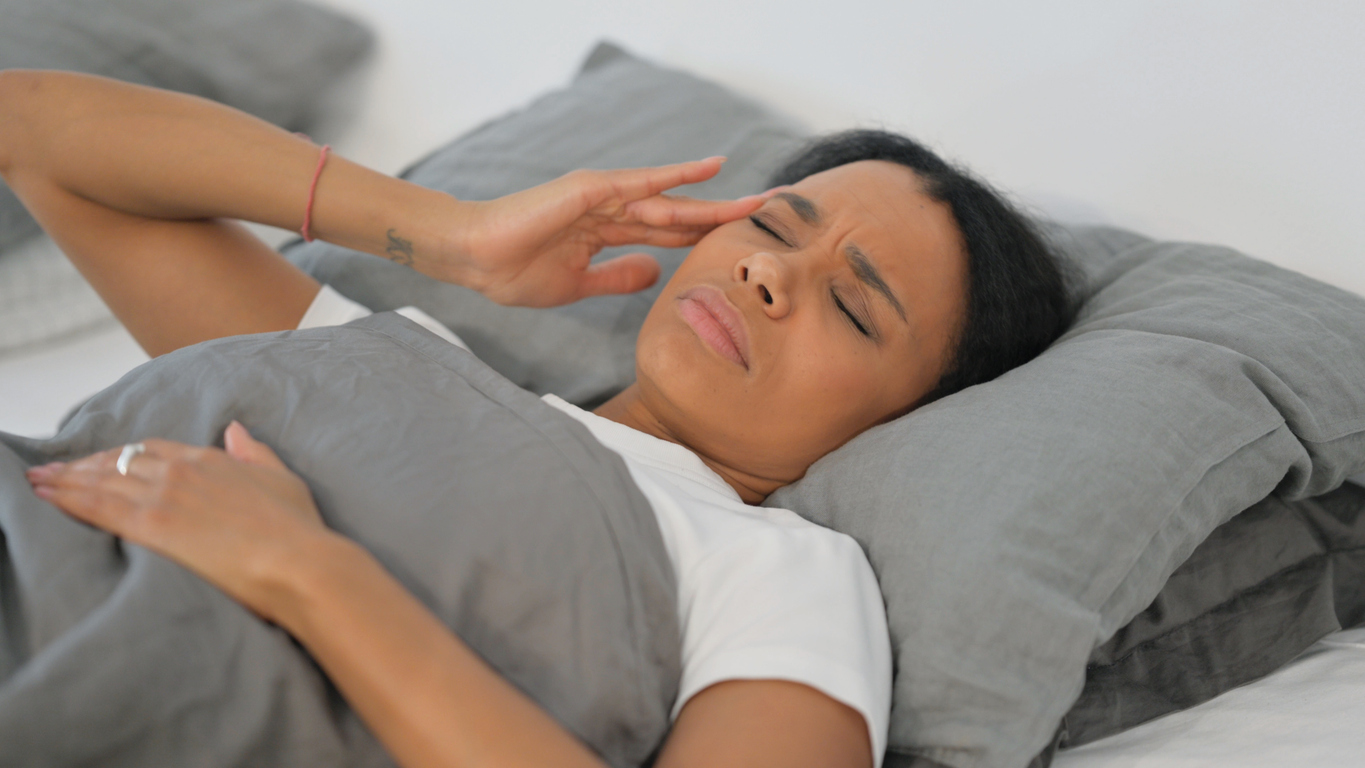We hope that you’ll find our cedar fever Q&A helpful!
What does a cedar tree look like?
Though we call it “mountain cedar” or just cedar tree, it is actually an ashe juniper tree, an evergreen endemic to Central Texas. It grows 30 ft tall, and the male trees produce pollen and release that pollen when it is cold. Thus, cedar season is usually between late December and can go through February, with its peak in January. “Cedar fever” is worse on windy days because the pollen is dispersed by wind!

What are the symptoms “cedar fever”?
You really shouldn’t have a fever as allergy doesn’t cause fever. If you have a fever, you might want to see your doctor because you probably have an infection of some sort. Having said that, of course, you can have both allergy and infection! Symptoms of cedar allergy are no different than any other tree pollen allergy (hay fever), but usually more severe for many people:
Eyes: watery, red, itching, sometimes burning
Nose: watery, itching, sneezing; however, many people will also have a lot of congestion and even a diminished sense of smell as a result
PND: With post-nasal drip, you have frequent throat clearing, coughing, and feel itching in your throat and in your ears.
Sinus: Often you’ll feel some sinus/facial pressure or “fullness”. See also our page on sinusitis for more info.
Lungs: If you’re an asthmatic you may get an asthma flare-up and depending on its severity, it may be a medical emergency.
All of this may make you just miserable and just worn out! Indeed people miss work or school because of this.
What can I do about it?
Well, the first step is the same as for any allergy: prevention! And you can do that by staying indoors if possible during peak pollen hours, usually early through mid-mornings. You should keep your windows closed, esp on windy days. And if you know you get cedar fever annually, then start your meds ASAP because you don’t want to fall behind on that, since the medications are more effective when started before becoming symptomatic.
What are the medications that I can use?
We recommend OTC nasal steroids sprays, like Flonase or Nasacort, and OTC oral antihistamines like Claritin/Allegra/Zyrtec. The key is consistent use and proper technique. See also our section on allergy medications.
Call us for help as we have same day appointments available!




